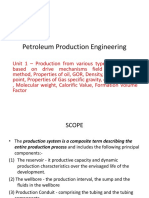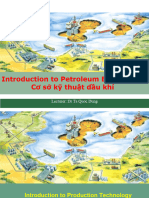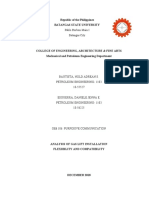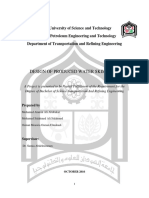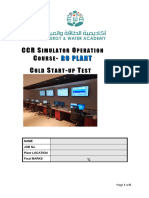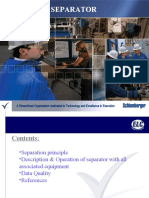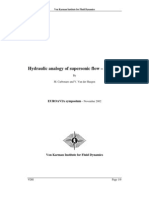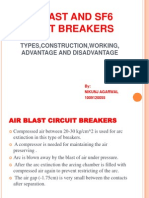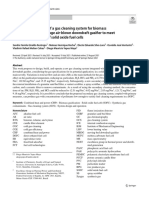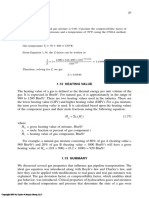100% found this document useful (1 vote)
70 views60 pagesChapter 3 Separation System
Uploaded by
Ahmedalw AhmedalwCopyright
© © All Rights Reserved
We take content rights seriously. If you suspect this is your content, claim it here.
Available Formats
Download as PDF, TXT or read online on Scribd
100% found this document useful (1 vote)
70 views60 pagesChapter 3 Separation System
Uploaded by
Ahmedalw AhmedalwCopyright
© © All Rights Reserved
We take content rights seriously. If you suspect this is your content, claim it here.
Available Formats
Download as PDF, TXT or read online on Scribd
/ 60







